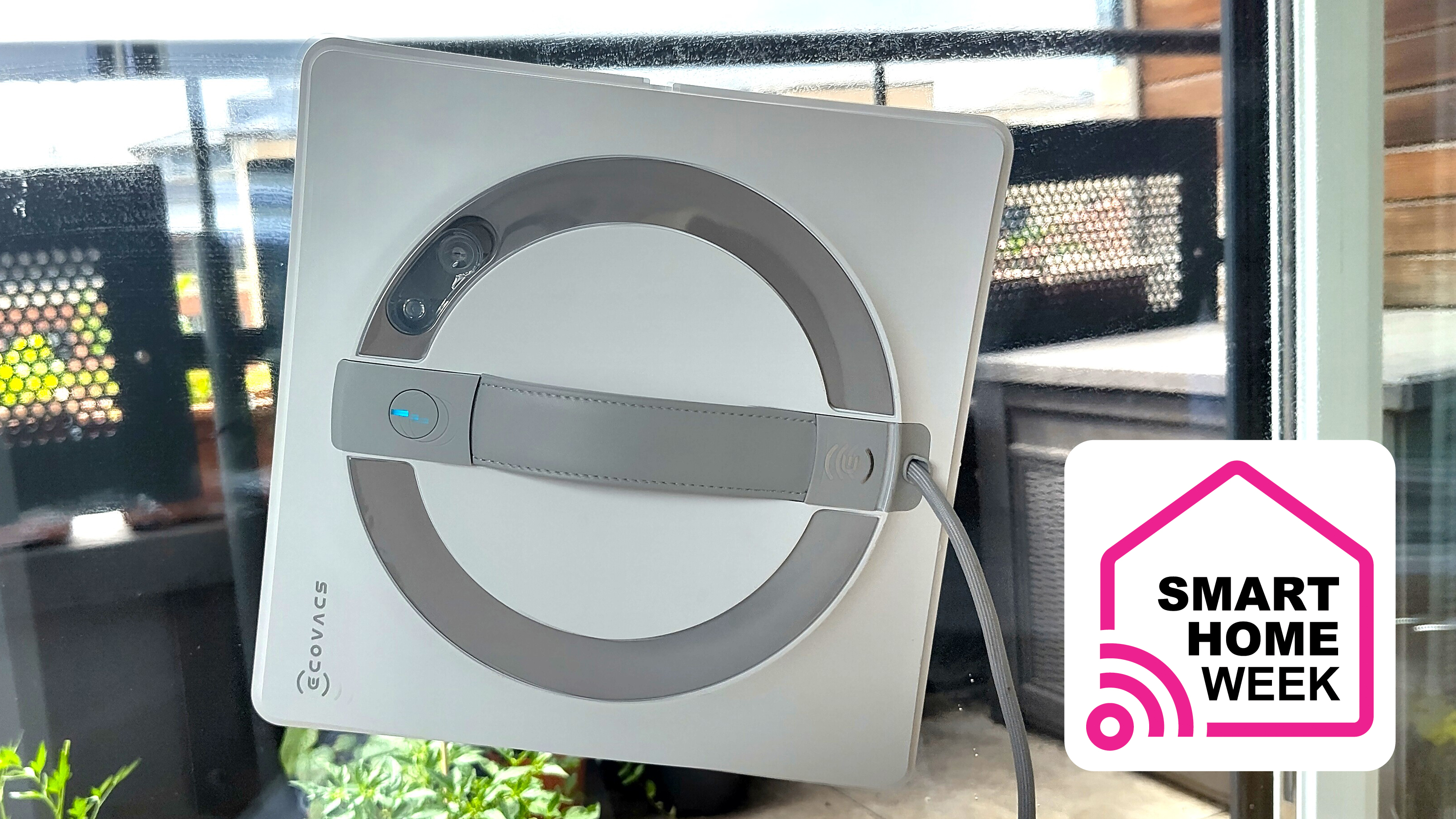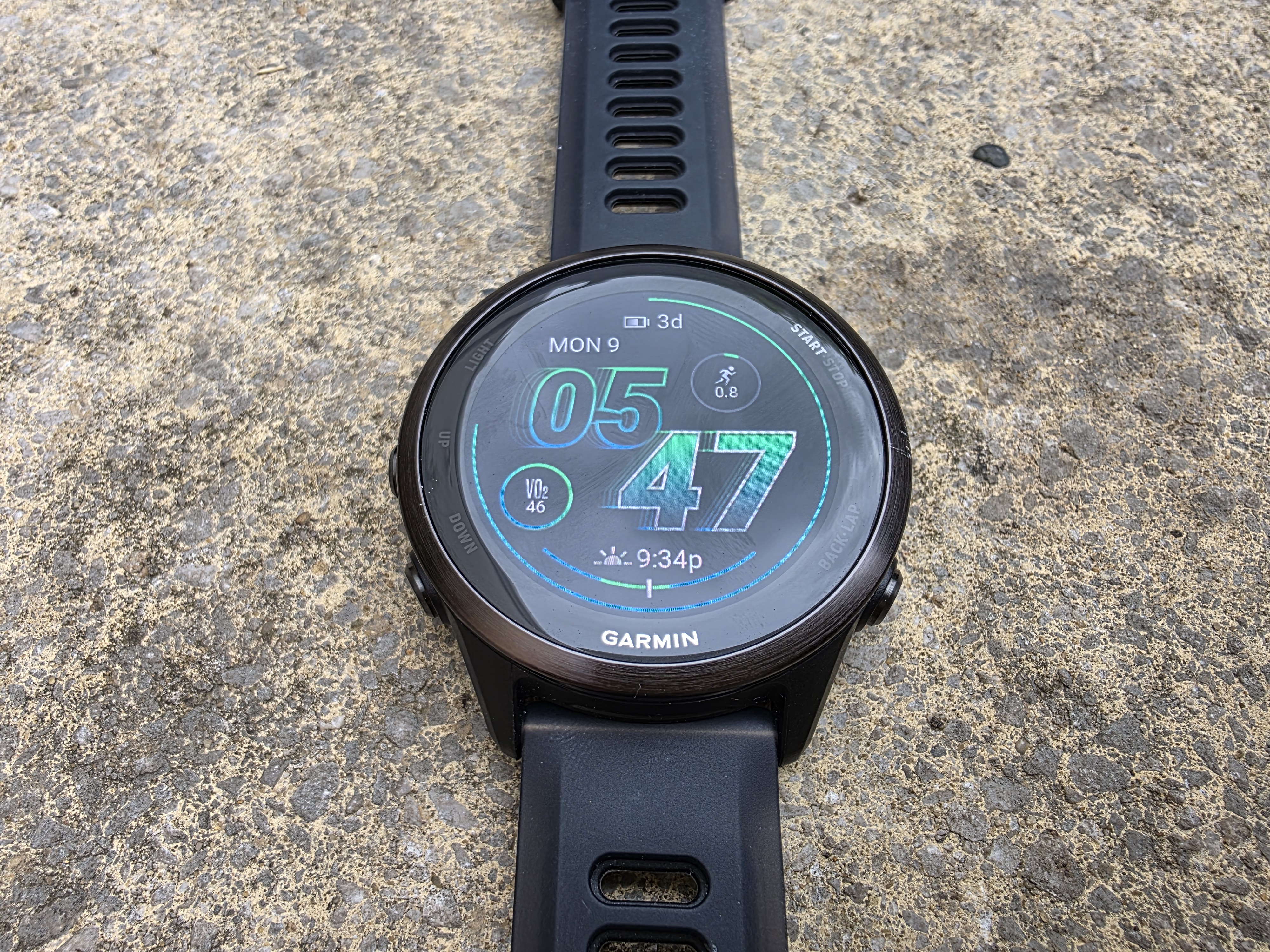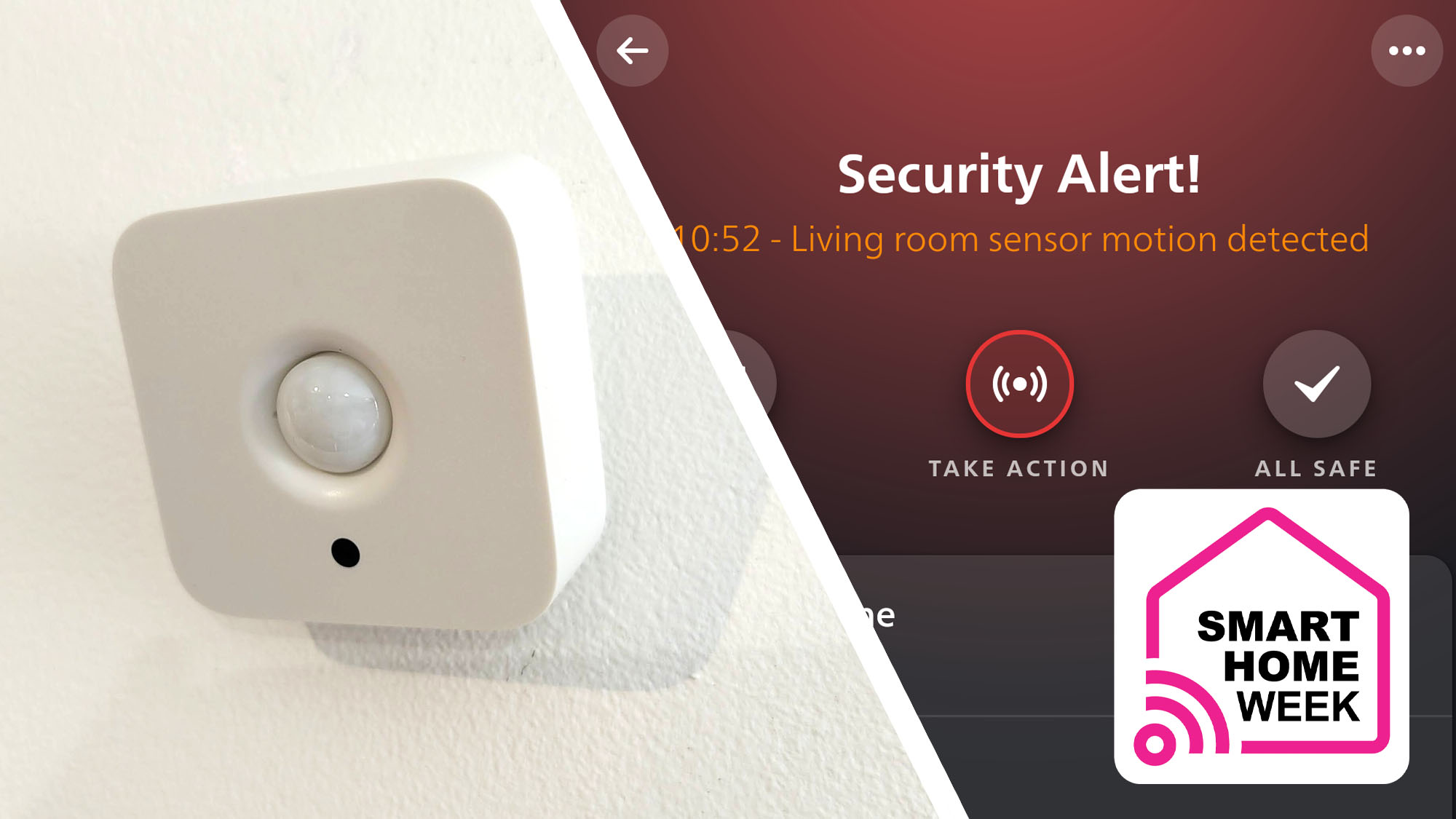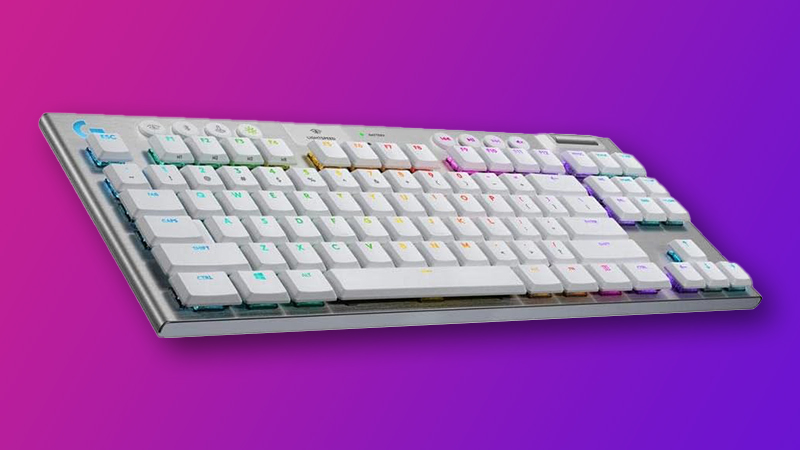A neural brain implant provides near instantaneous speech
Focusing on sound production instead of word choice makes for a flexible system.
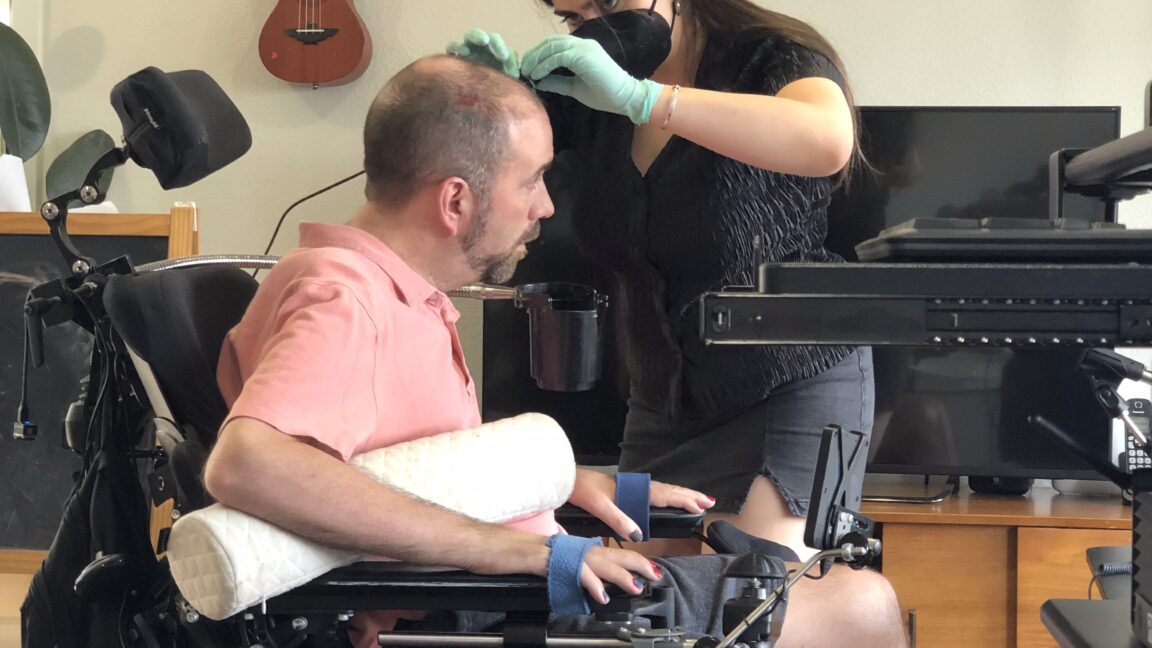
Stephen Hawking, a British physicist and arguably the most famous man suffering from amyotrophic lateral sclerosis (ALS), communicated with the world using a sensor installed in his glasses. That sensor used tiny movements of a single muscle in his cheek to select characters on a screen. Once he typed a full sentence at a rate of roughly one word per minute, the text was synthesized into speech by a DECtalk TC01 synthesizer, which gave him his iconic, robotic voice.
But a lot has changed since Hawking died in 2018. Recent brain-computer-interface (BCI) devices have made it possible to translate neural activity directly into text and even speech. Unfortunately, these systems had significant latency, often limiting the user to a predefined vocabulary, and they did not handle nuances of spoken language like pitch or prosody. Now, a team of scientists at the University of California, Davis has built a neural prosthesis that can instantly translate brain signals into sounds—phonemes and words. It may be the first real step we have taken toward a fully digital vocal tract.
Text messaging
“Our main goal is creating a flexible speech neuroprosthesis that enables a patient with paralysis to speak as fluently as possible, managing their own cadence, and be more expressive by letting them modulate their intonation,” says Maitreyee Wairagkar, a neuroprosthetics researcher at UC Davis who led the study. Developing a prosthesis ticking all these boxes was an enormous challenge because it meant Wairagkar’s team had to solve nearly all the problems BCI-based communication solutions have faced in the past. And they had quite a lot of problems.





